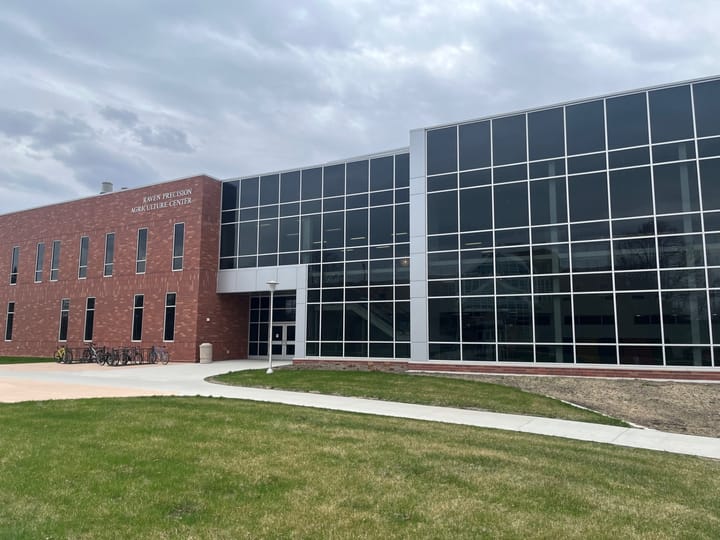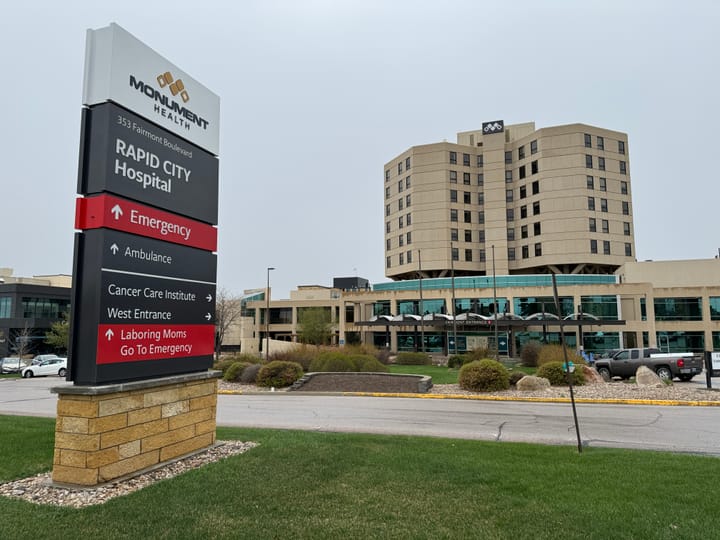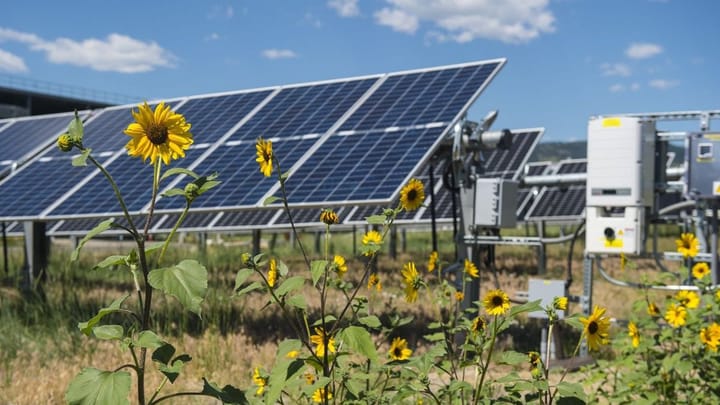South Dakota offering millions in tech grants to nursing homes
Up to $7 million in grants will soon be available to expand the use of telemedicine and innovative technology to improve health care for the elderly in South Dakota.
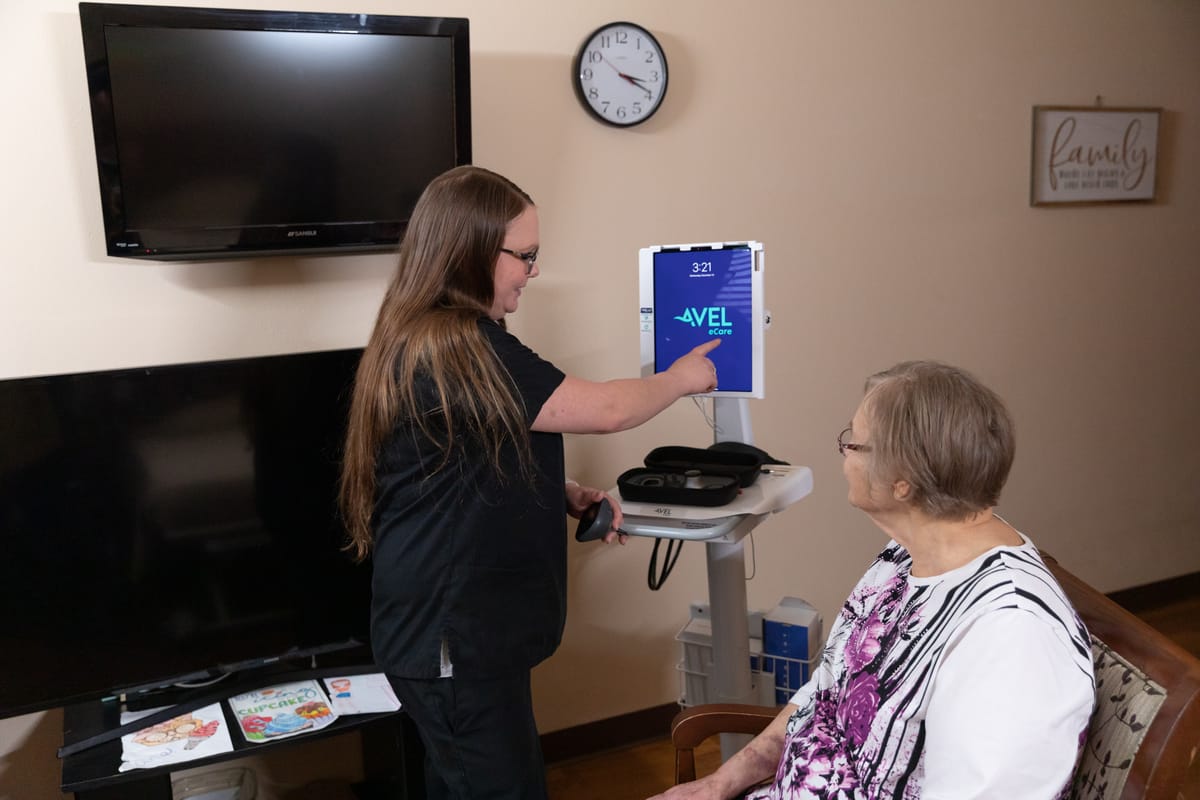
To the uninitiated, taking a sick resident of a nursing home to a hospital or emergency room might not seem like a big deal.
But those trips can be brutal for elderly patients and facility staff – often requiring the hooking or unhooking of medical equipment, bundling of patients into warm clothes, helping them in their wheelchair or walker into a van and enduring wait times to see a nurse or doctor who doesn't always have access to their medical records.
"It’s not good for anyone to go to an emergency department but especially for the elderly population," said Josh Hofmeyer, CEO of Dow Rummel Village senior-living campus in Sioux Falls. "If we can avoid sending someone out (for medical care), it makes a big difference."
The best way to avoid stressful trips and provide more medical care within an elder care facility is through the use of telemedicine services. That's why Hofmeyer and others in the South Dakota long-term care industry are excited about two bills that passed in the 2024 legislative session and have since been signed by Gov. Kristi Noem.
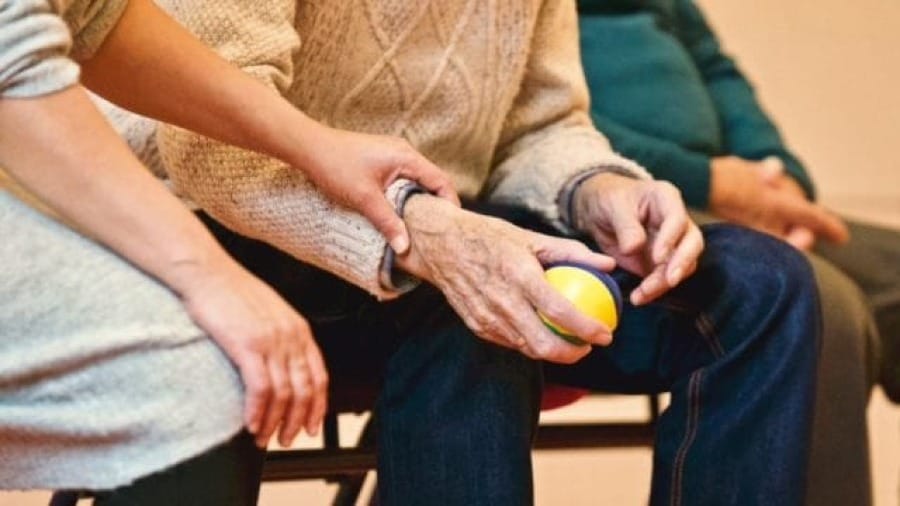
Senate Bill 209 will offer $5 million in grants to long-term care facilities for implementation or expansion of telehealth services. That measure was funded through American Rescue Plan Act dollars, and the grants will be administered by the state Department of Health.
A separate measure, Senate Bill 80, will provide $2 million in grants to providers of elder care services for technology innovations that can "improve the quality of life and health outcomes of elderly residents and support health care workers." That fund will use state general fund money for grants administered by the Department of Human Services. Both measures resulted from the 2023 legislative summer study session on the long-term care industry.
Telemedicine providers, such as Sioux Falls-based Avel eCare, maintain a stable of nurses and physicians who can be called upon at any time to provide medical care through an internet connection and video link. For long-term care residents, they can get medical diagnosis and care almost immediately and at any time with help from a facility staff member in the room and a medical practitioner working remotely.
The Dow Rummel campus has used telemedicine in its skilled-nursing care wing for several years. The new grant program could allow the facility to expand telehealth services to other stages of its care continuum on the campus that hosts about 315 residents.
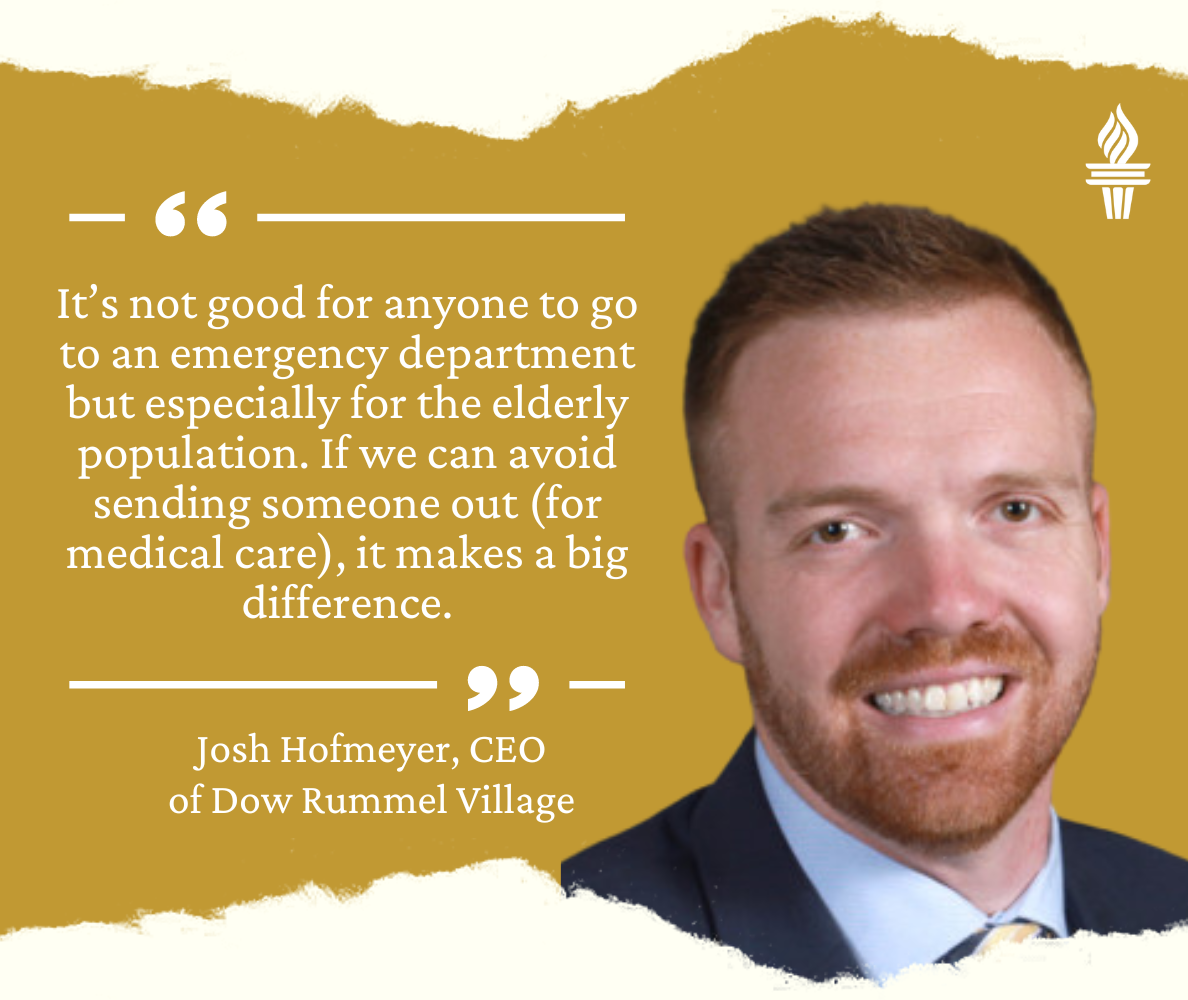
"When you’re dealing with the volume of residents that we have here on campus and all their different health care needs, there's a lot that comes up that you need to be able to address, so having this access to telemedicine 24/7 has been really, really helpful," Hofmeyer said. "It's the wave of the future."
Innovation grants for home health
The $2 million pool for innovation grants could help more people remain at home longer instead of moving into assisted-living facilities as they age, said state Sen. Sydney Davis, R-Burbank, the lead sponsor of both health care grant bills. Innovation grants could pay for more home monitoring devices and mobile diagnostic equipment that can be used by patients in their homes or during in-home health visits by practitioners, Davis told News Watch.
”We need to find alternative models of care to keep patients safe and healthy in their homes as long as possible because it’s where they want to be,” she said. “It’s better for them and less costly for the state.”
A key component of the innovation grant legislation is that it requires recipients to monitor the effectiveness of the new technology or equipment and file a report to the state on what worked or what didn’t, said Davis, a nurse anesthetist who is also a rancher.
“Maybe some of these investments would be worthy of us continuing to make them or to put more dollars into this in the future based on good outcomes. Or maybe the providers can make those investments on their own moving forward,” she said. “We can complement each other and give as much flexibility as we can so medical providers can best take care of our elderly folks.”
The field of telemedicine has been growing for decades but saw a major push forward during the COVID-19 pandemic when in-person health visits were dramatically curtailed.
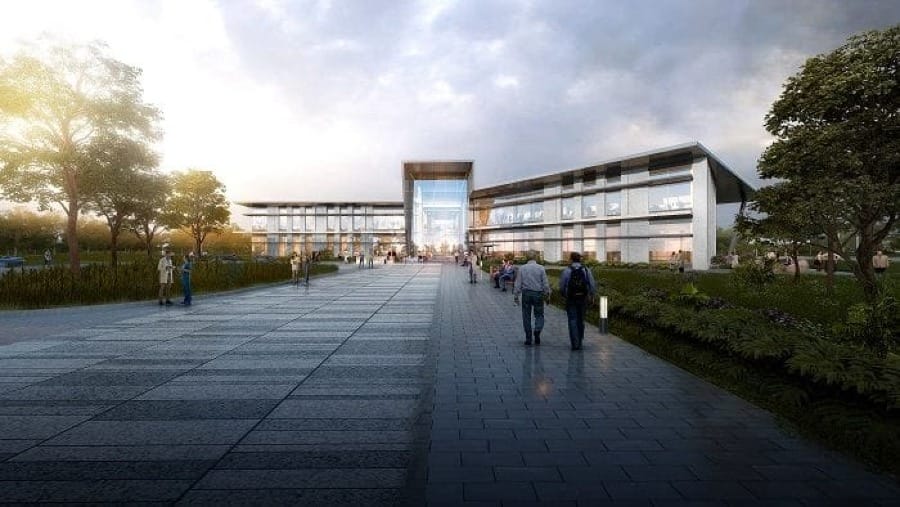
South Dakota is a leader in the telemedicine industry, with Avel eCare launching in 1993 and a massive expansion in the works for telehealth provided by Sioux Falls-based Sanford Health.
Its $350 million Virtual Care Center will include a 60,000-square-foot facility being built on the Sanford Sports Complex just west of the Sioux Falls Regional Airport.
Visual healthcare 'worth a thousand words'
With Avel eCare, subscribers install their own internet connectivity and are then provided a movable diagnostic cart with a video screen before paying a prearranged subscription fee for the service, said Victoria Walker, M.D., medical director of senior care at Avel.
A prearranged subscription fee allows long-term care facilities to receive telemedicine support from geriatric-trained doctors, nurse practitioners, nurses and pharmacists 24/7/365, including urgent assessments, the ordering and interpretation of diagnostic tests, prescription medication support and treatment orders, Walker said.
Avel practitioners access the patient's current medical records, both from hospital visits and those from within the long-term care facility to assure good continuity of care.
Walker was recently serving as an on-call practitioner for Avel when she was linked up to a nursing home where a man in his 60s had suffered a stroke and was being fed through a tube. He was vomiting and in great discomfort and potentially at risk but did not want to go to a hospital. Walker was able to use the Avel telemedicine tools to evaluate him and recognize that he had gastroenteritis and was severely dehydrated. She was able to order the needed fluids, which were given intravenously on-site. The patient was stabilized without requiring a transfer to the hospital.
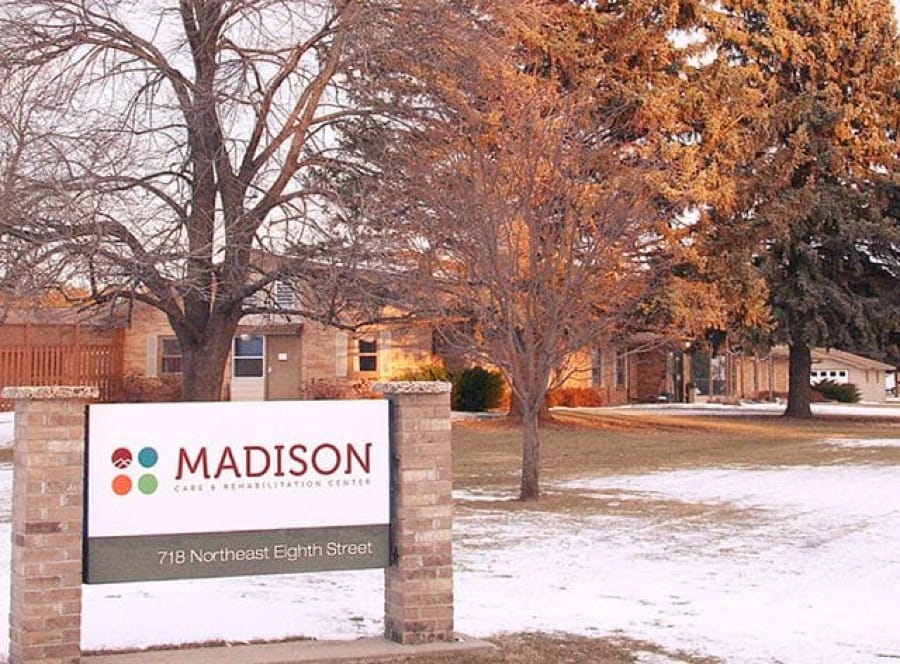
“A picture is worth a thousand words, so when we can see and listen to somebody directly, we get a pretty quick sense of what’s needed in the situation and get the ball rolling,” she said.
Walker said the new state grant program is funded well enough to bring telehealth to more long-term care properties and patients.
"I think it can make a pretty big difference. And once we have that infrastructure in place it kind of greases the wheels a little bit to tap into new gizmos as they come along," she said. "This is a really proven approach to providing high quality care to our elderly population and we’ve done nothing except make it stronger and better."

A boost for long-term care industry
Mark Deak, executive director of the South Dakota Health Care Association, which represents the long-term care industry in the state, said the two sets of grant monies will provide a much-needed boost of support for residents and staff throughout the troubled nursing home industry across the state.
Deak, who testified before the Legislature in favor of both grant programs during the session, said 17 long-term care facilities have closed in South Dakota over the past five years, largely due to financial struggles and a worker shortage.
“Obviously, long-term care has faced incredible challenges, some very unique challenges,” he said.
Deak said the state provided significant support to the industry by raising the Medicaid reimbursement rate paid to providers by 25% in 2023 and by another 4% this year.
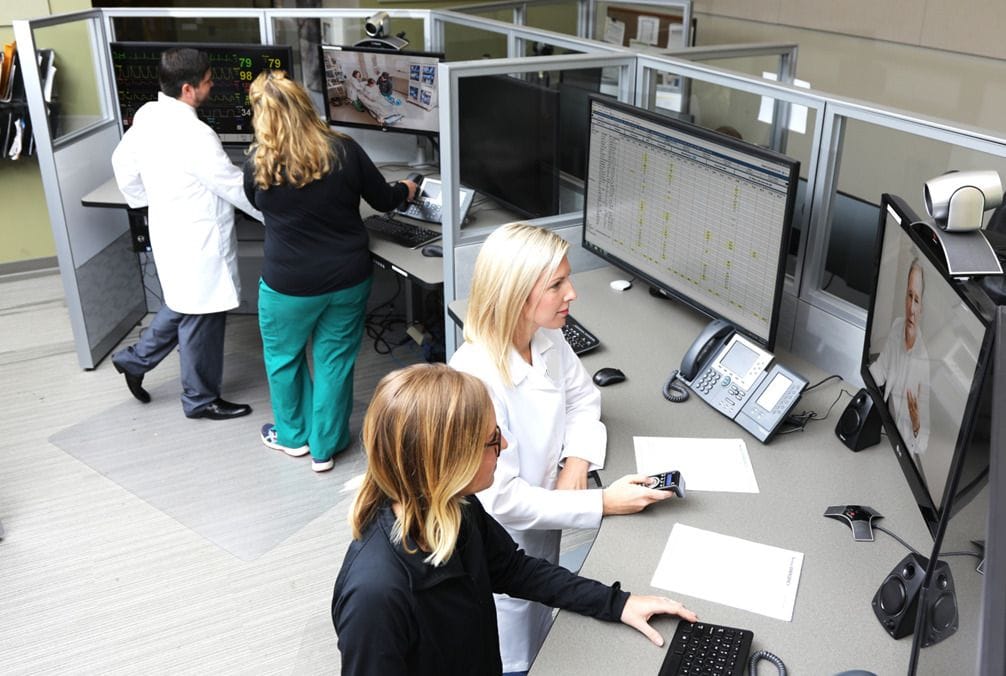
Grants will help in rural areas of South Dakota
The new telehealth and innovation grants will improve patient care and hopefully improve recruitment and retention of certified nursing assistants, who form the backbone of staffing in the long-term care industry, Deak said.
Providing access to remote health care and implementing other innovations in elder care will reduce stress for employees because they won’t have to worry as much about keeping residents safe and healthy and won’t have to prepare as many patients for transport to hospitals or emergency rooms, he said.
“The biggest thing is it will make it easier for them to treat a resident on site, which is a big deal,” Deak said.
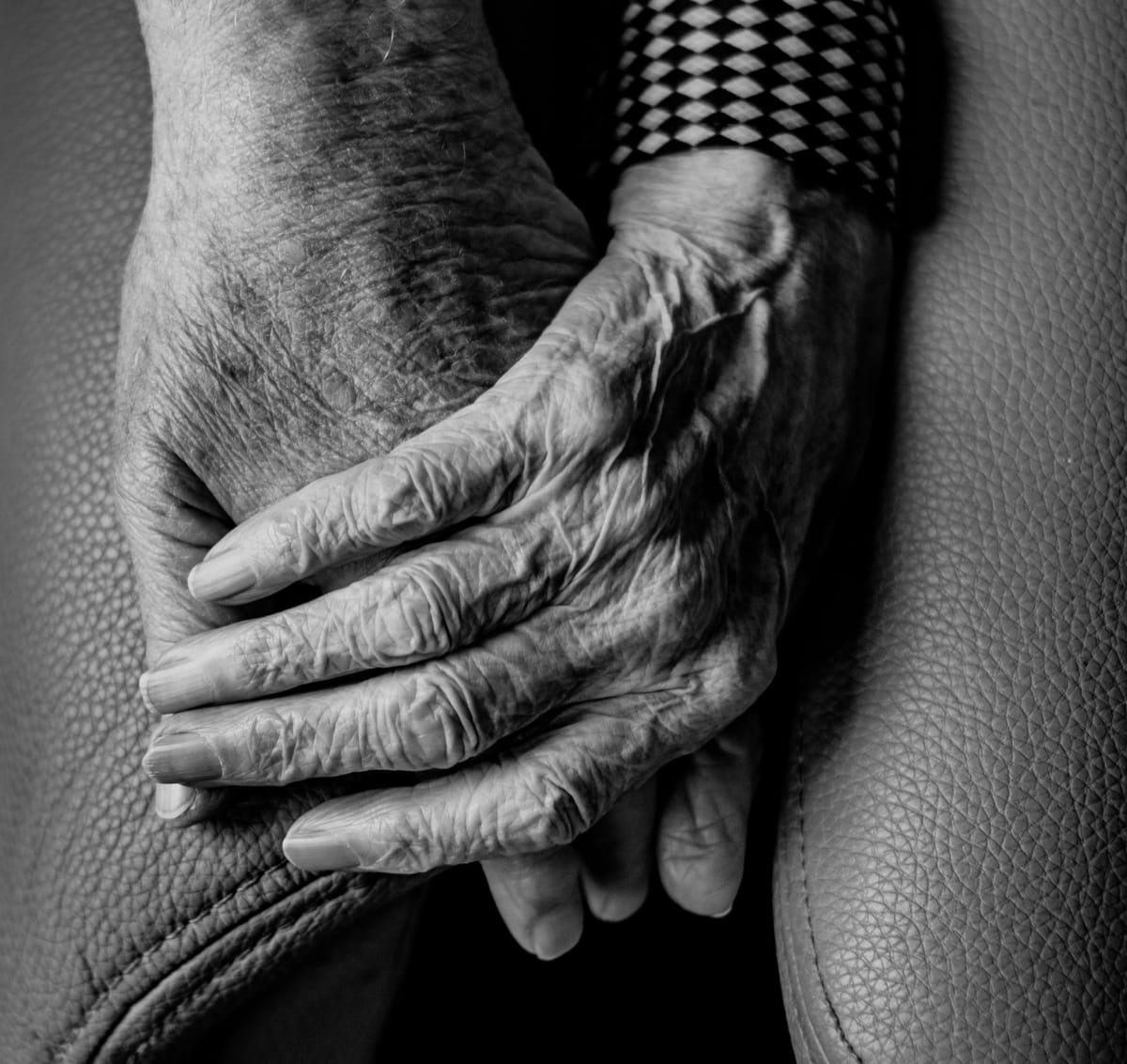
Some innovations that have been discussed center around technologies that can help predict which nursing home patients are prone to falls, can catch signs of sepsis infections earlier and aid in devising nutrition plans for patients, he said.
Both grant programs could be especially beneficial in rural areas of the state.
“Rural areas just have very unique challenges due to location when it comes to attracting staff and providing the services they need to,” Deak said. “They don’t have access to the medical support that you’d have in an urban setting.”
The $7 million in combined grants won’t solve all challenges in the long-term care industry but might provide a boost to facilities with significant financial hurdles, he said.
“Certainly more would be better, but I do think it’s a substantive move in the right direction,” Deak said. “I think it will make a material difference.”
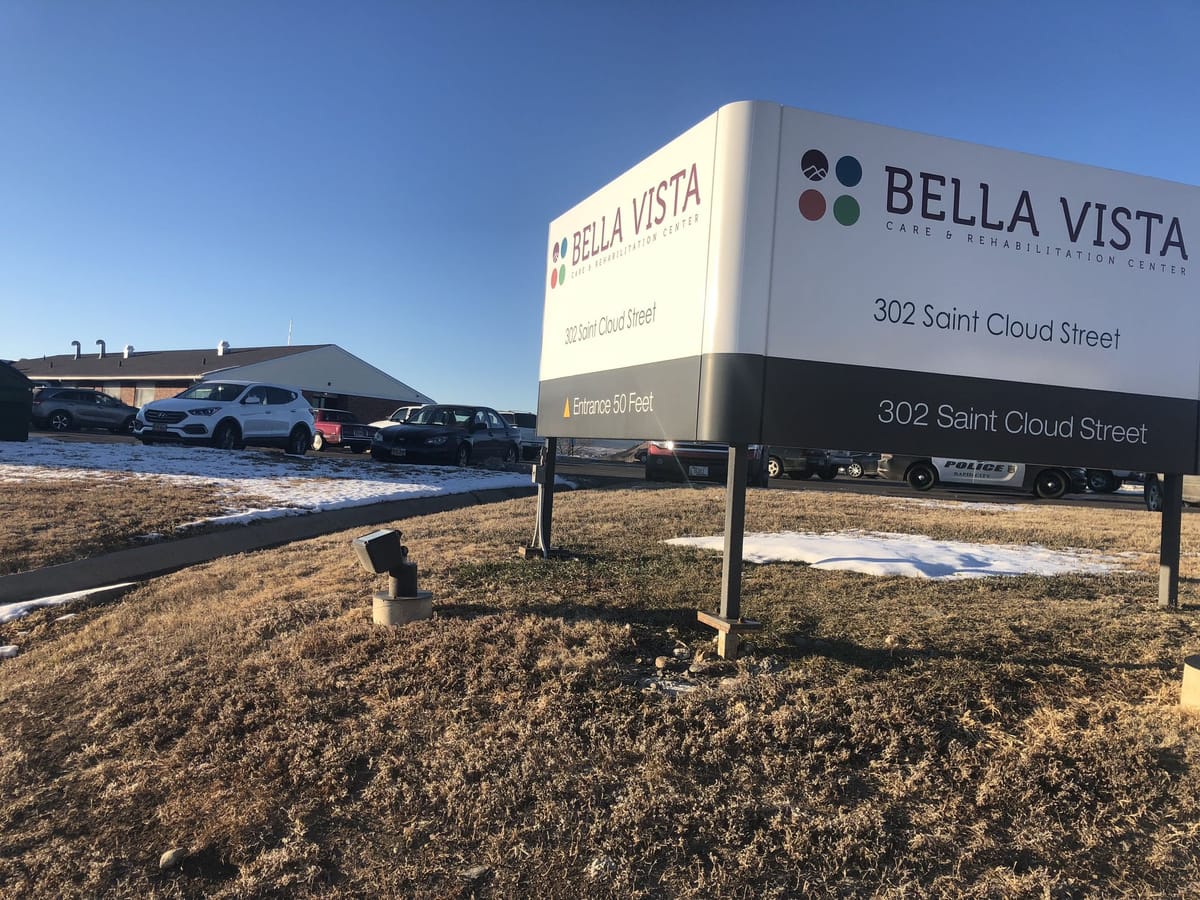
This story was produced by South Dakota News Watch, a nonpartisan, nonprofit news organization. Read more in-depth stories at sdnewswatch.org and sign up for an email every few days to get stories as soon as they're published. Contact Bart Pfankuch at bart.pfankuch@sdnewswatch.org.


